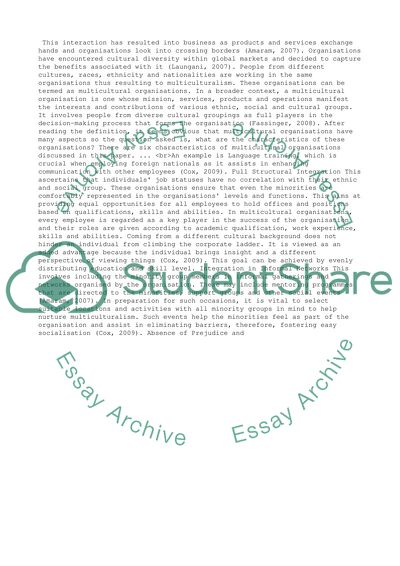Cite this document
(“Multiculturalism in Organisations Essay Example | Topics and Well Written Essays - 1750 words”, n.d.)
Multiculturalism in Organisations Essay Example | Topics and Well Written Essays - 1750 words. Retrieved from https://studentshare.org/management/1488639-which-characteristics-comprise-a-multicultural
Multiculturalism in Organisations Essay Example | Topics and Well Written Essays - 1750 words. Retrieved from https://studentshare.org/management/1488639-which-characteristics-comprise-a-multicultural
(Multiculturalism in Organisations Essay Example | Topics and Well Written Essays - 1750 Words)
Multiculturalism in Organisations Essay Example | Topics and Well Written Essays - 1750 Words. https://studentshare.org/management/1488639-which-characteristics-comprise-a-multicultural.
Multiculturalism in Organisations Essay Example | Topics and Well Written Essays - 1750 Words. https://studentshare.org/management/1488639-which-characteristics-comprise-a-multicultural.
“Multiculturalism in Organisations Essay Example | Topics and Well Written Essays - 1750 Words”, n.d. https://studentshare.org/management/1488639-which-characteristics-comprise-a-multicultural.


